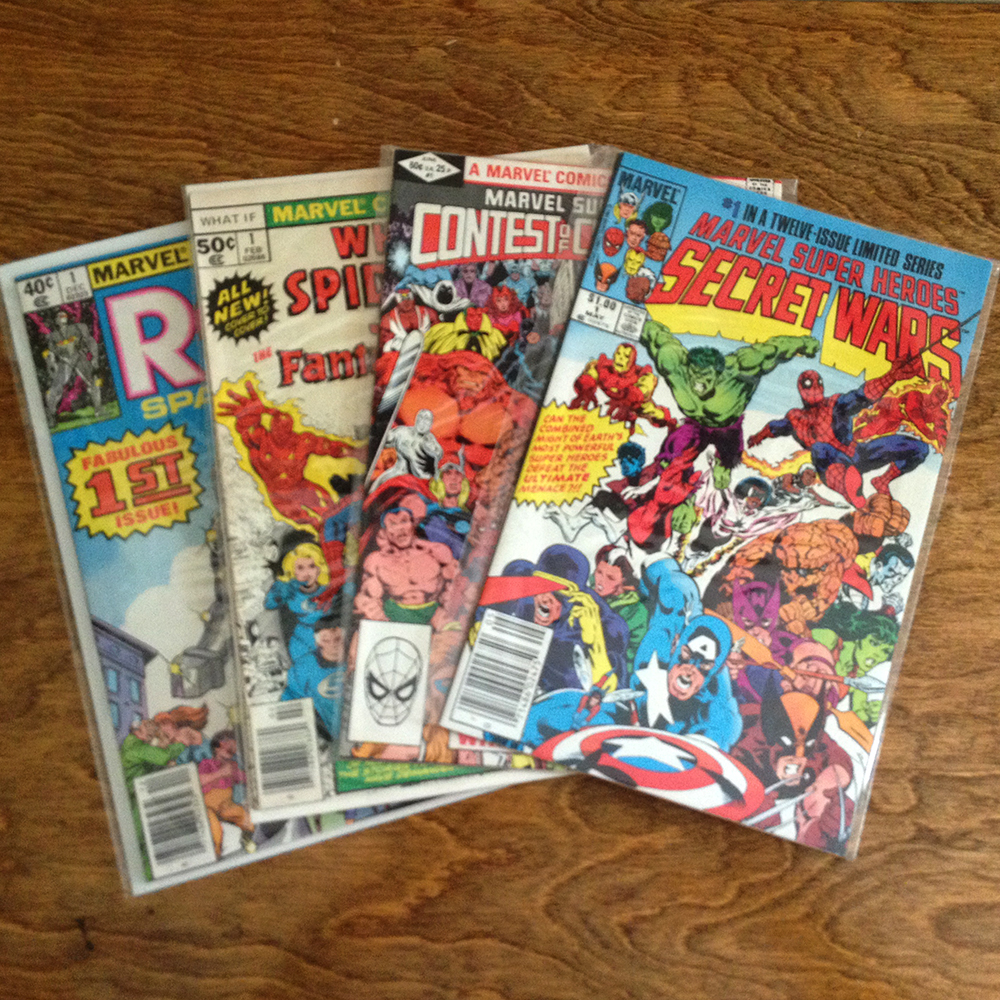

It took some tedious work, but Wikipedia and the Marvel database at Fandom allowed me to map out on my Notes app the 6 volumes of Daredevil and the (ridiculous) 8 volumes of Black Widow.Īs I flip through back issues at the 2 or 3 local comic book stores, I have the Notes app open and typically have to click a Fandom link to make sure I am buying a book I need since Marvel provides precious little information for collectors on the covers (currently, however, most do have legacy numbering). The quest for complete runs is a nightmare of Dante’s Inferno proportion. With the encouragement of my partner, then, I returned to actively collecting comics, and moved my collection into our apartment (from my office).Įven though I have much more disposable income at 60 than I (or my working-class parents) did as a teen, I recommitted to collecting with parameters of spending less than a few dollars per book (maybe $10 or $12 from time to time) even though I was targeting the 620+ issue run of Daredevil-to which I have added the much smaller run for Black Widow (after noticing a recent issue had a legacy numbering of 50).įrom the naive and simpler 1970s until the 2020s, huge changes have occurred in comic books-the multiple reboots, the rise of the film adaptations, and the nearly fatal collapse of over-saturation in the 1990s.īut for me, a comic book lover and collector reconnecting with the super hero world, I find the constant renumbering and rebooting maddening. One of the great pleasures of my career shift in 2002-from high school English teacher for 18 years to college professor, 20 years and counting-was starting to write and publish comic book scholarship, and later, often blogging about comic books.Ī couple summers ago, I made a huge change in my life, and with turning 60, I decided to allow myself my pleasures, even if they seemed childlike, childish.

However, since the early 1980s, I really had mostly abandoned the comic book world.
COMIC BOOK COLLECTION APP FULL
I squirreled away my full run of Howard the Duck (volume 1), but all the other magical runs-Conan, Spider-Man, Daredevil, X-Men, etc.-were handed over to a comic book store in Charlotte, NC, so that I could properly adult.Īfter the Frank Miller reboot of Batman and the first Batman films with Michael Keaton, I dipped my toes back into collecting briefly because several of my high school students were collectors. Once, my father even took me to a comic book convention in Atlanta.īut in many ways, the 1970s were a very naive time, much simpler and incredibly problematic.Įven then, as I note in my full-length examination of comic books, Marvel seemed overly focused on new readers comic book publishers know where their money is made-the foundational and enduring characters-and cannot resist returning over and over to their origin stories.Īdulthood interfered with my collecting, and in one of the worst decisions of my life, I sold my 7000-book Marvel collection to help make a downpayment on a townhouse. Eventually I had paper catalogues of the books I owned in a 3-ring binder.īack issues were also a real challenge, but I scoured the for-sale section of the print newspaper and found comic book sellers in the ads of the Marvel comics I collected. I visited two pharmacies and one convenience store on comic book release day, carefully sorting through spinner racks. The brace was incredibly uncomfortable, and standing at the long bar separating our kitchen and living room was an ideal place for me to draw from the growing number of Marvel comics I was buying each week.Ĭollecting comics in the 1970s was a real nerd-life, but it looked much different than now. Collecting, reading, and drawing from comic books were central to my teenage life from about 1975 through the early 1980s.ĭiagnosed with scoliosis in the summer of 1975, just before entering ninth grade, I took solace in those comic books as I struggled against not only the usual terrors of adolescence but also the specter of living life in a clunky body brace throughout high school. Over the past year, facing as I am creeping into my 60s, I have also returned to collecting comic books, focusing on Daredevil and now Black Widow. After Gil Kane’s cover of Daredevil and Black Widow v1 issue 97


 0 kommentar(er)
0 kommentar(er)
